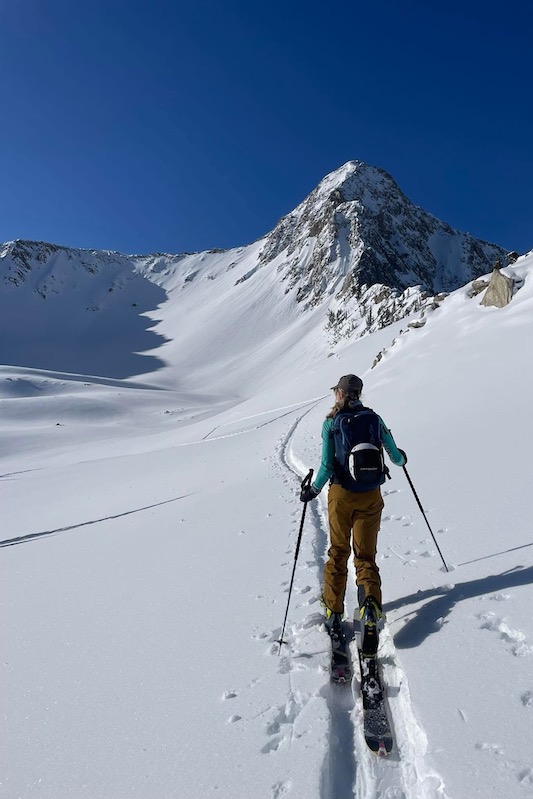 |
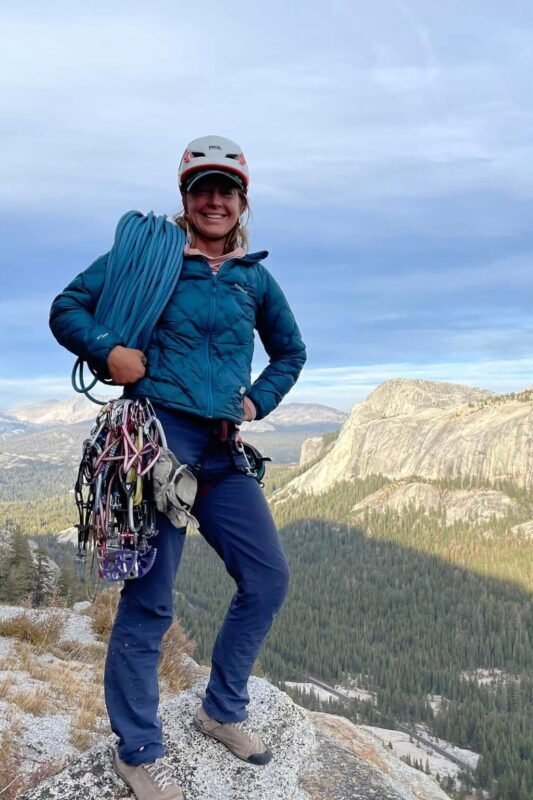 |
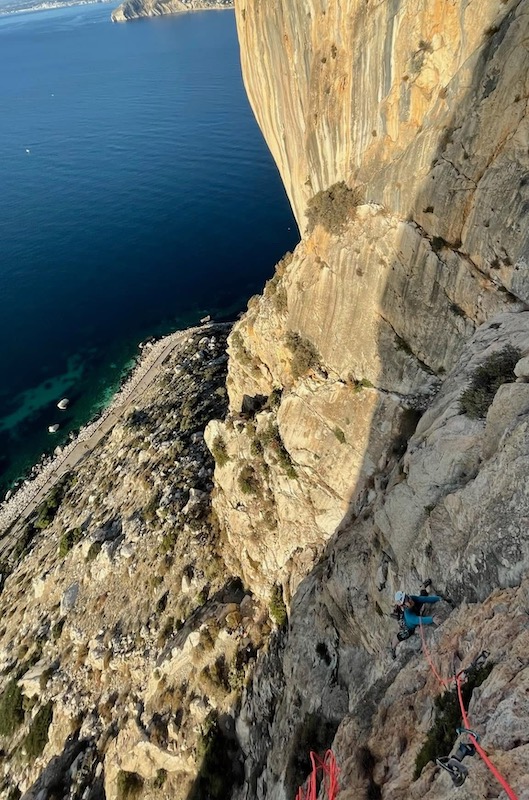 |
|---|
⛺ My Favorite Gear for Backcountry Skiing, Climbing, and Traversing
Everything listed here is tested through long days, hard weather, and real trips. This isn’t sponsored — these are just my honest tools.
Some links go to REI, Amazon, or DPS — if you purchase through them, thank you for supporting Granite and Pow.
🏕 General Backcountry Gear
- Baseball hat that fits under a helmet to protect you from the sun, along with a sunscreen stick that fits compactly in a pocket for reapplication without getting your fingers greasy or even while wearing ski gloves
- appropriate eyewear to protect your eyes from the wind/snow and your vision from cataracts when you’re older
- SOL emergency blanket is only 3 ounces and can save your life. it should live in your pack; Garmin inReach Mini2 for all missions when cellphone reception isn’t strong. When solo, use the tracker option to show your current location to your safety contacts
- Patagonia Houdini shell for summer when expecting dry conditions; a heartier shell for any other mountain time
- Sunshirt, always.
- Balaclava for quick temperature regulation while moving, as well as sun protection for spring/summer skiing
- Skratch electrolytes for hydration
- BeFree water filter year round- I melt snow just until it’s cold water and then filter. This saves fuel.
- Meteor Helmet
🧥 Layering Strategy
I always wear pants, which I can roll up for “air conditioning”, so no technical pants that are tight on your calves. I prefer zippable upper layers that I can adjust or remove while walking — this lets me regulate without stopping, which can save ~30 minutes over a long day. Speed through efficiency is safety in the mountains.
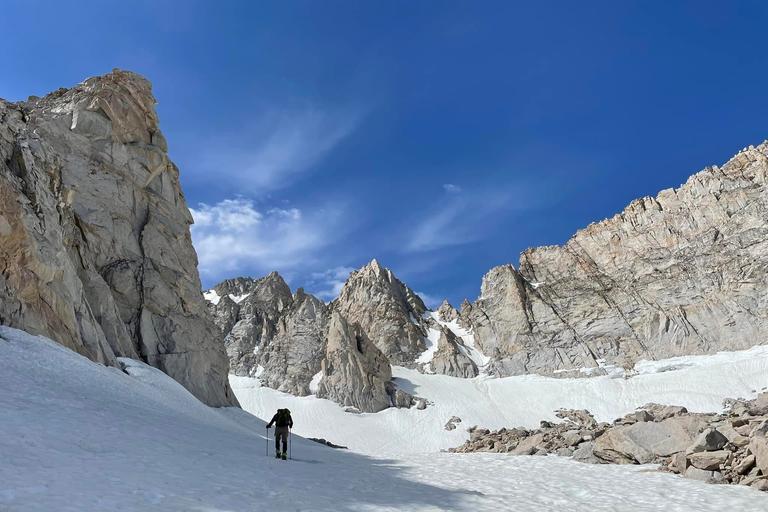
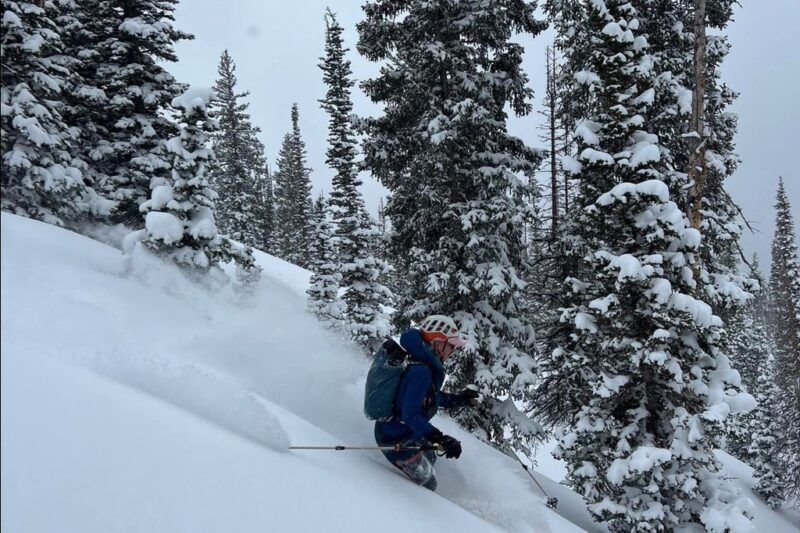
🎿 Ski Gear
- G3 Zero 85 and DPS 112 skis
- ATK bindings
- Scarpa Gea RS boots
- Ortovox ski backpacks
- Rocky Talkies for communication
- Glacier glasses for spring/summer with Level 4 protection, not chameleon Level 2-4 glasses since they are not as strong. If storms are expected for part of the day, I take clear glasses or low light googles.
🧗 Climbing Protection
- BD Ultralight Cams (0.4–3)
- Black Totem (and blue/yellow) and an offset .3/.4 when a route has sparce gear or it’s at your limit
- Depending on the route, take only a few full length alpine draws. I supplement with several half length alpine slings with one carabiner, instead of two, to minimize weight and minimize excess on your harness (will include a picture soon with this)
- 18′ cordellete for flexibility in the mountains
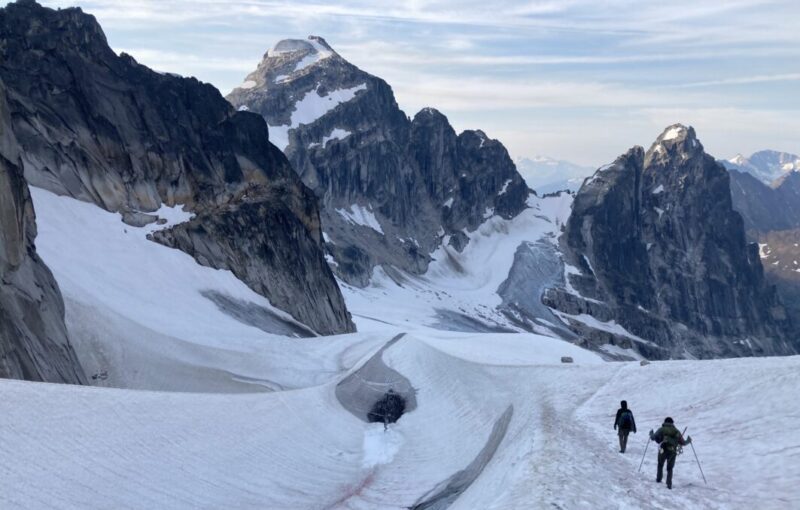

🥾 Approach Shoes
- Evolv Cruzer: ultralight and best approach shoe for when you have to carry up and over a technical rock route that is near your max ability (where weight/compactness matters most)
- La Sportiva TX2: climb amazingly, light, but get ruined quickly in damp conditions
- La Sportiva TX4: climb amazingly, leather, and hold crampons (recommended with Petzl Leopard crampons)
- Hoka Speedgoats: ergonomic and amazing for long 3rd class and short sections of 4th or 5th since they climb technical rock much worse than the above approach shoes
🏃 Fastpacking / Traverses
- Jetboil stove and Mountain House meals
- 1L Nalgene bottle in case you need to sleep with boiling water to add warmth to your sleeping system
- Sleeping bag, pad, and bivy. I use a system of a really light 8 ounce bivy, 8 ounce sleeping pad, and 1 pound Western Mountainnering sleeping bag. For warmth I keep the jetboil set up right next to my bivy to boil water for my nalgene and sleep with it. On cold nights I’ll reboil the water once during the night, taking less than a minute to reboil while in the comfort of my sleeping bag.